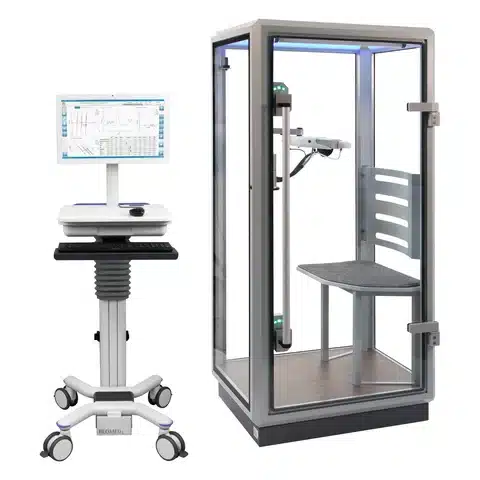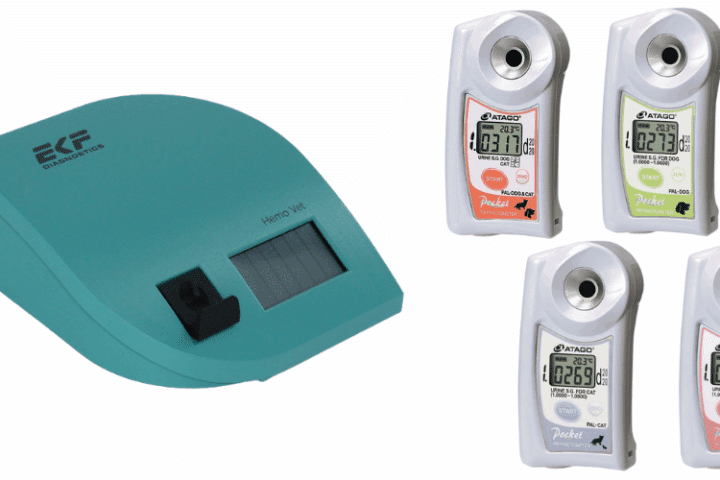In the area of combat sports, the quest for optimised training methodologies is relentless. A recent study published in Scientific Reports sheds light on the utilisation of surface electromyography (sEMG) in analysing the biomechanics of backward straight punches across various martial arts disciplines. This research underscores the pivotal role of advanced tools like the Noraxon EMG system for combat sports training in refining athletic performance.
Unveiling Muscle Activation Patterns
The study involved 28 participants from Boxing, Tao Lu (Chinese Wushu), Karate, and a control group of Physical Education students. Each participant executed backward straight punches while their muscle activity was meticulously recorded using the 16-channel Noraxon wireless EMG system. This approach allowed for a comprehensive analysis of muscle engagement during the punching motion. Notably, the Boxing group exhibited the highest impact force, averaging 3.96 times their body weight, with significant activation in the deltoid and brachioradialis muscles. These findings highlight the efficacy of Noraxon EMG technology in combat sports for pinpointing specific muscle contributions during complex movements.
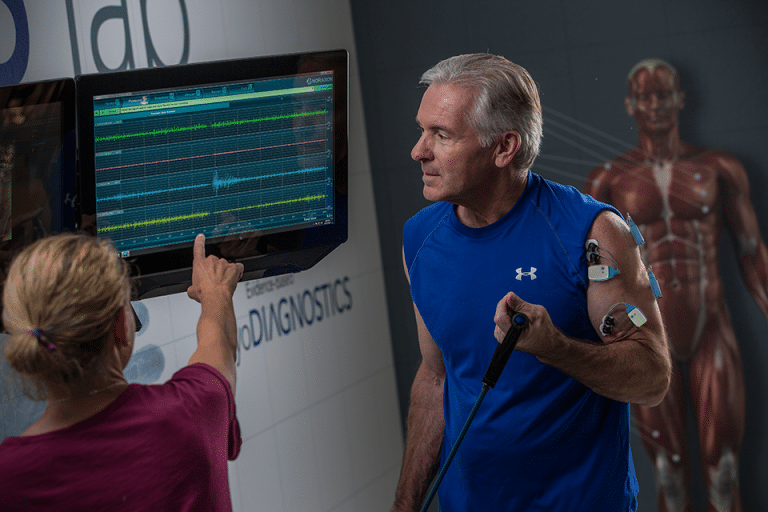
Implications for Training Regimens
The insights garnered from Noraxon EMG analyses are invaluable for tailoring training programmes to the unique demands of each combat sport. For instance, the pronounced activation of the deltoid and brachioradialis muscles in boxers suggests a focus on enhancing these muscle groups to boost punching power. Conversely, the controlled muscle activation patterns observed in Tao Lu and Karate practitioners align with their emphasis on precision and technique over sheer force. By integrating EMG data from Noraxon systems, trainers can develop sport-specific conditioning routines that address the distinct biomechanical requirements of each discipline.
Advancing Combat Sports through Technology
The application of Noraxon EMG for combat sports training represents a significant advancement in methodology. By providing real-time, detailed assessments of muscle function, sEMG facilitates a deeper understanding of the neuromuscular dynamics at play during complex movements. This technological integration enables athletes and coaches to make informed decisions, optimise performance, and reduce injury risks. As combat sports continue to evolve, the adoption of such innovative tools will be instrumental in achieving new performance benchmarks.
Other Studies Using Noraxon EMG and IMU for Combat Sports
Integrating Noraxon Electromyography (EMG) and Inertial Measurement Unit (IMU) systems into combat sports training offers profound insights into athletes’ biomechanics, facilitating enhanced performance and injury prevention strategies. Several studies have demonstrated the efficacy of these technologies across various martial arts disciplines.
Assessing Lower Limb Muscle Activation in Tai Chi
In Tai Chi, a study aimed to explore the biomechanical factors affecting athletes’ stability during specific movements. Utilising the Noraxon sEMG system, researchers measured joint angles, ground reaction forces, and muscle activation levels. The study identified significant correlations between muscle activity and postural stability. Overall, highlighting the role of Noraxon EMG for martial arts training in enhancing balance and coordination.
Kinematic Assessment in Taekwon-Do Forms
In a study focusing on Taekwondo, researchers employed Noraxon wireless IMU sensors to assess the acceleration and force during different kicking techniques. The sensors were attached near the lateral malleolus of the foot and synchronised with a force plate to capture precise data. This methodology allowed for an in-depth analysis of the effective mass and force exerted during kicks, providing valuable information for technique optimisation.
Reliability of IMUs in Measuring Joint Angles During Landings
A study assessed the reliability of Noraxon IMUs in measuring joint angles at the hip, knee, and ankle during single-leg landing tasks. The findings demonstrated that Noraxon’s IMU sensors provided consistent and accurate measurements. Thus underscoring their utility in dynamic movement assessments pertinent to combat sports biomechanics.
Conclusion
The incorporation of Noraxon EMG systems into combat sports training offers a data-driven approach to enhancing athletic performance. By elucidating the intricate muscle activation patterns associated with various techniques, Noraxon EMG serves as a cornerstone for developing targeted, effective training strategies tailored to the unique demands of each martial art. When paired with Noraxon’s IMU systems, coaches and athletes are further empowered to make evidence-based decisions for long-term performance gains.
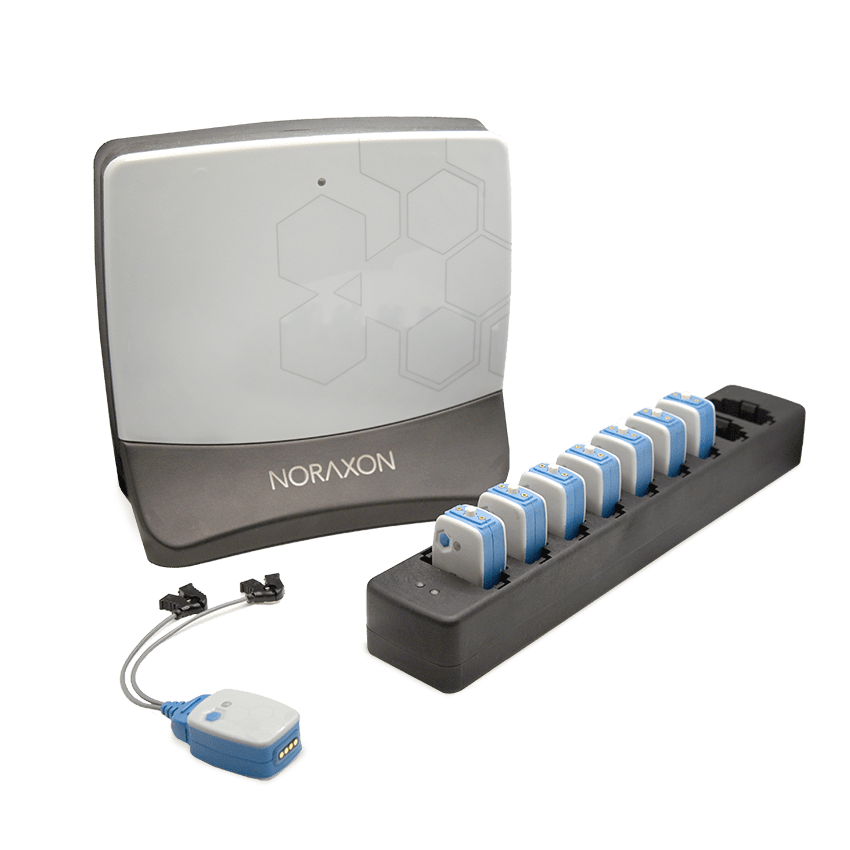
Noraxon Ultium Wireless Surface EMG
The Noraxon Ultium Wireless Surface EMG is a research-grade Wireless EMG system equipped with high sampling rate & resolution, low baseline noise, versatile SmartLead options, and powerful wireless communication.
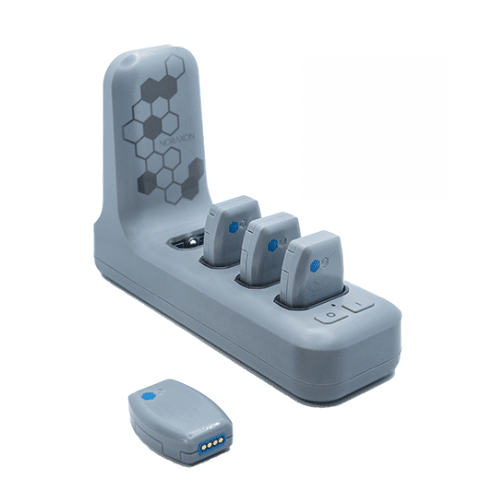
Noraxon Core EMG
Introducing the Core EMG System – your solution for streamlined EMG data collection.
The small and lightweight wireless sensors transmit surface electromyography data directly from the electrode site with the Direct Connect sensor design, eliminating lead connections and the need for additional disposables like sensor tape.
Key Advantages of Noraxon Technology
Key Benefits of Noraxon EMG and IMU Systems in Combat Sports Training:
- Provides real-time analysis of muscle activity and joint kinematics.
- Helps identify inefficient movement patterns and muscle imbalances.
- Enables personalised, data-driven training programmes.
- Assists in injury prevention by monitoring fatigue and technique degradation.
- Validated in peer-reviewed studies across multiple martial arts disciplines.
- Wireless and non-invasive systems allow for natural movement during assessment.
View our Noraxon range here.

